Next stop, Takayama. We took a shinkansen (a Japanese bullet train) from Yokohama to Nagoya, then switched to an ‘express’ train from Nagoya to Takayama. An express train is slower than, and runs on different tracks than, the shinkansen, and usually has a few stops between major destinations.
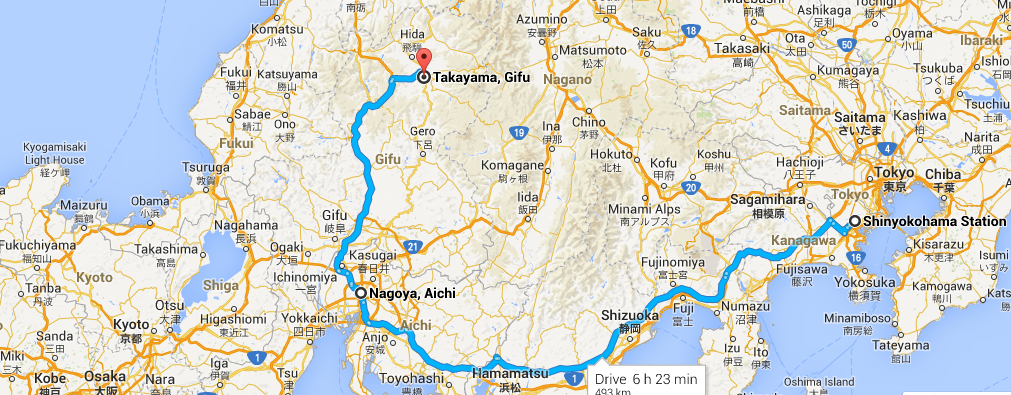
Takayama is considered the gateway to the northern Japan Alps. We could see them but quite in the distance. Nagano, home to the 1998 Winter Olympics, is 2-3 hours away. The highest peak we could see in the distance stands at about 10,000 feet tall, with the more immediate peaks around this small city at about 4-6,000 feet.
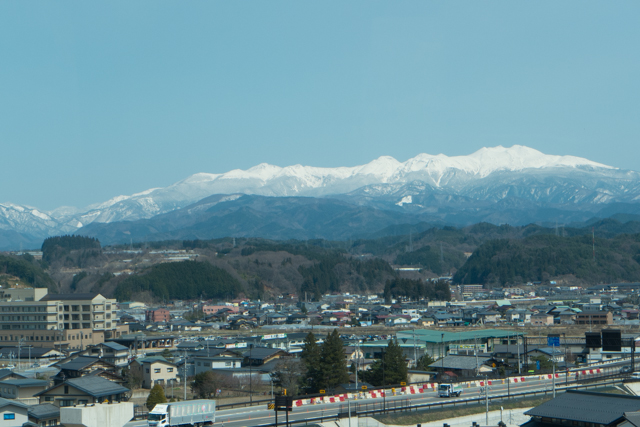
Takayama was founded by the Kanamori feudal lord about 400 years ago, but for 1200 years has been an area known for its lumber and carpenters. In its earliest days (8th century), the tax imposed on the area was to send 6-8 carpenters per village (about 50 families) to Nara, the capital, to build shrines and other buildings. In the Edo period (1603-1868), Takayama flourished as a merchant town. With only a population of 100,000, Takayama receives 4 million visitors each year. We imagine that most of the visitors focus on the “old merchant town”.
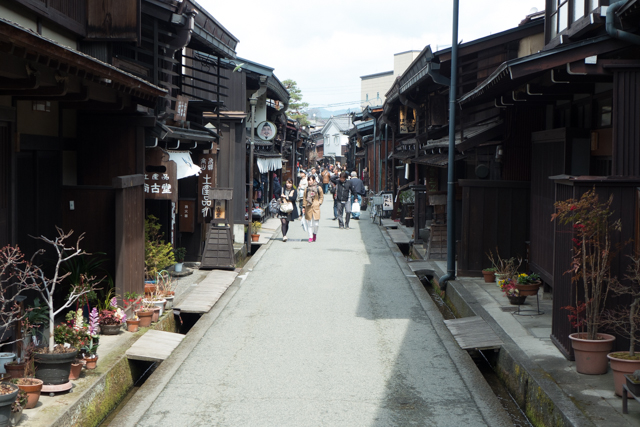
The merchants were responsible for creating Takayama’s unique culture, including its famous and cherished Spring and Autumn Festivals. The festivals were a chance to show with pride the high quality of work of the local artisans. The spring festival, Sannō Matsuri, parades a dozen yatai (floats), decorated with flamboyant carvings, metalwork, lacquerwork, colorful curtains, dolls and more. Some floats feature karakuri ningyō (marionettes) that perform amazing feats at the hands of 8 puppeteers manipulating 36 strings. The festival dates back to the 1650s and many of the floats date to that time also. They are stored in warehouses equipped with double-decker doors around the city and rotated through the Takayama Festival Floats Exhibition Hall.
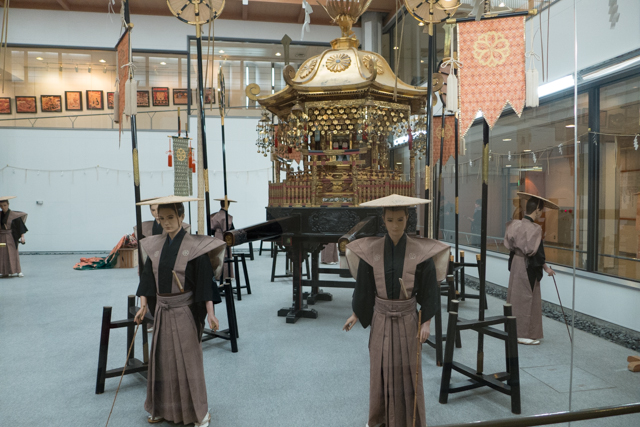
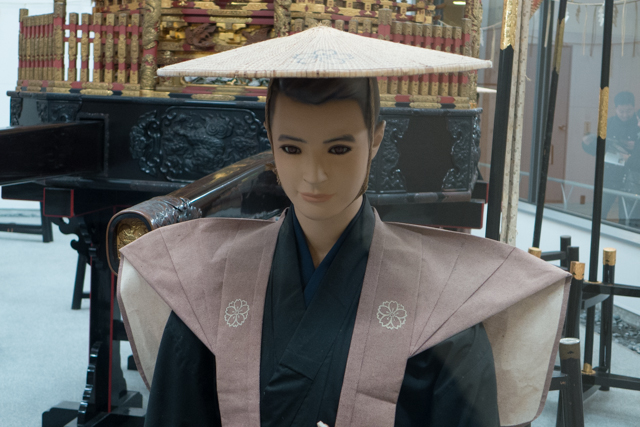
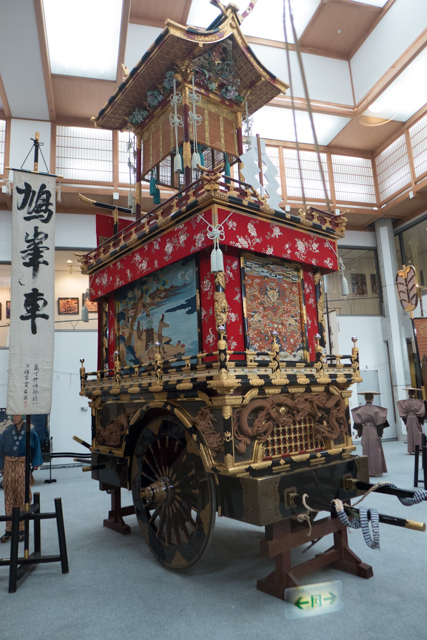
The Sanmachi-suji district of three main streets of merchants has been well-preserved. Ittobori (wood carving), Shunkei (lacquerwork), Yakimono (ceramics) and (lots of) sake are hawked here as they have been for centuries.
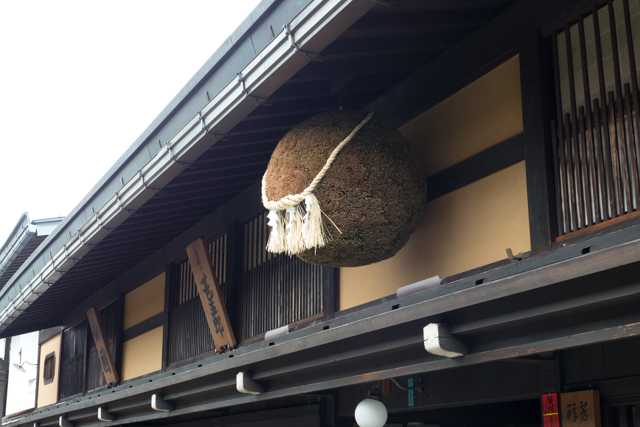
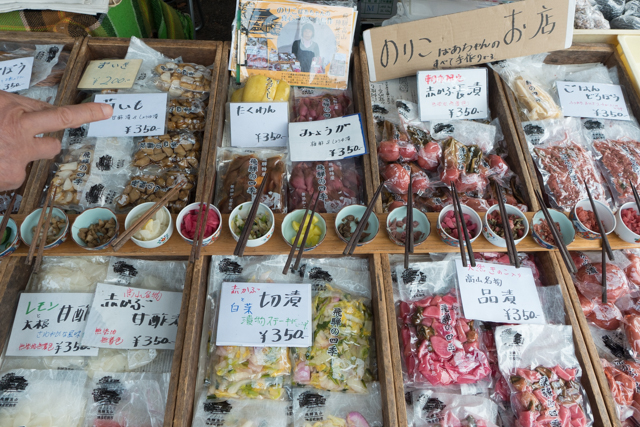
We visited the Takayama-jinya, a branch administrative office of the Edo government from 1692-1868. It is the only existing building of its kind in Japan. As we are reading Shogun while traveling in Japan, this tour brought alive for us the rich culture and history that is so unique to Japan, especially from its Shogun era. We felt like we were stepping into Shogun’s pages.
The warrior government wielded supreme power over Japan during the Edo era (1603 – 1868). 15 generations of the Tokugawa Shogun ruled from Edo (today’s Tokyo). The Edo Bakufu (government) directly ruled about 60 domains in various important areas of Japan and indirectly ruled an additional domains through feudal lords (called Daimyo). The Takayama area was one of the 4 mains areas ruled directly by the government and the Jinya was the ‘courthouse’, administering tax collections, finance, civil and criminal justice actions, forest management and more.
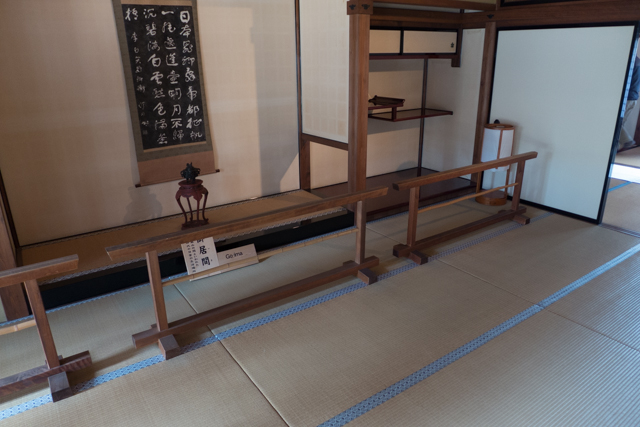
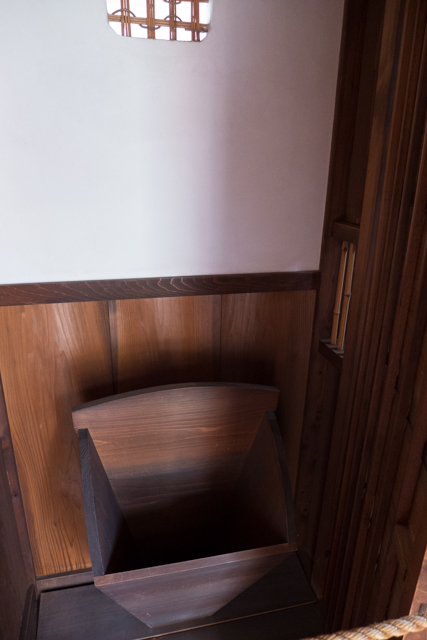
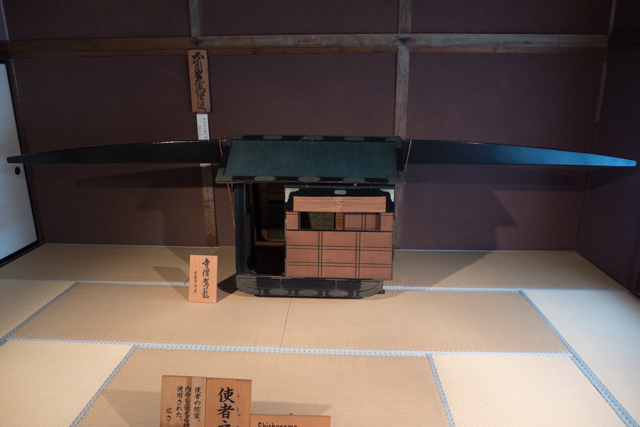
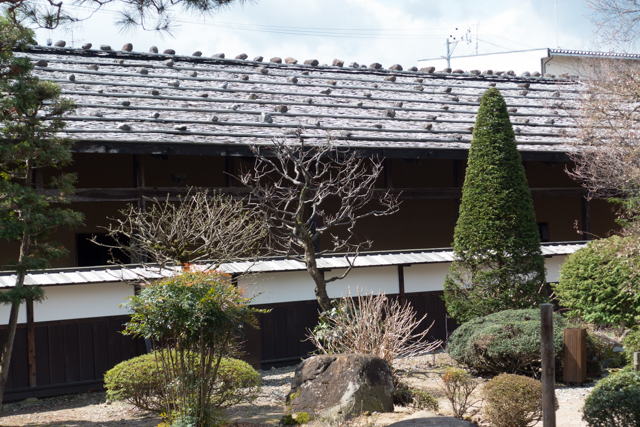
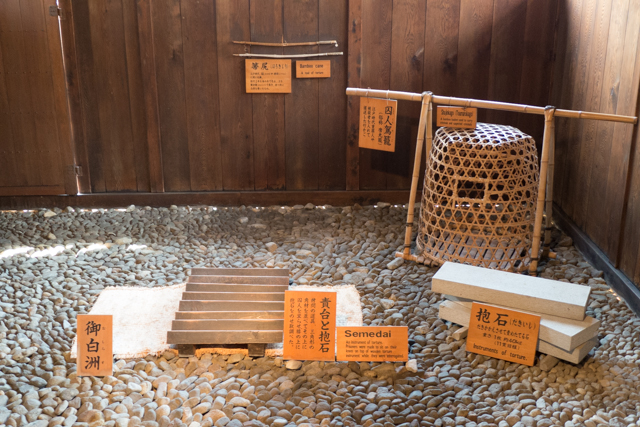
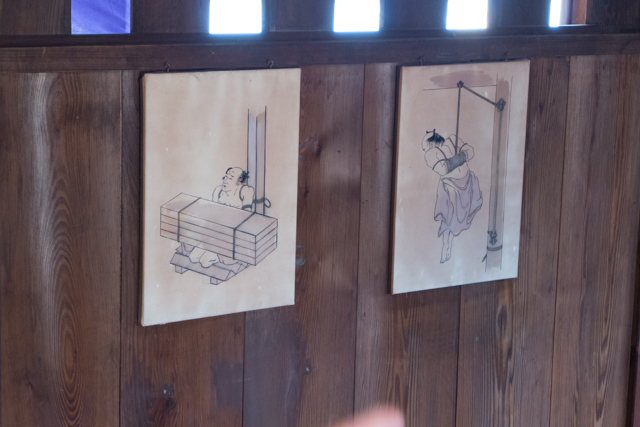
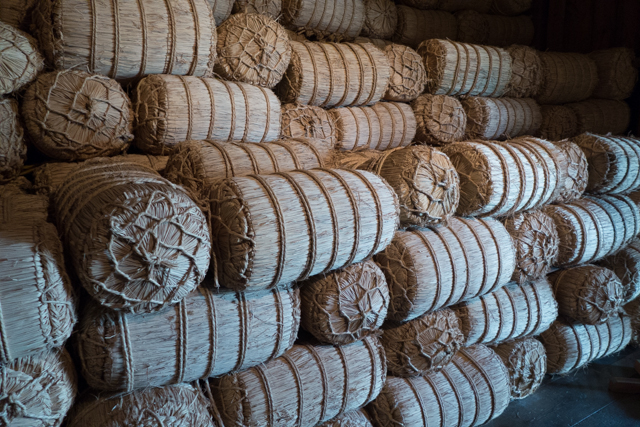
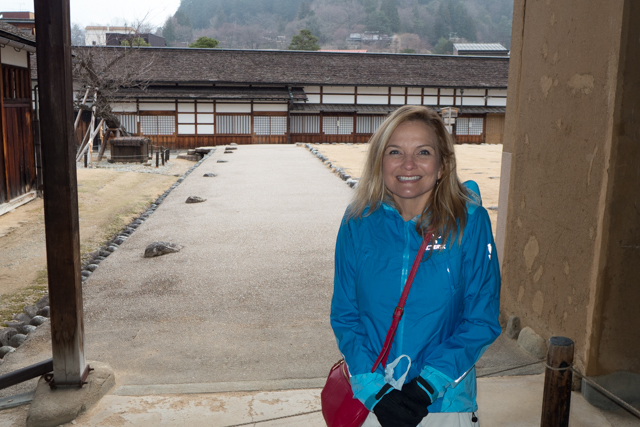
We toured a wealthy merchant’s house from the period.
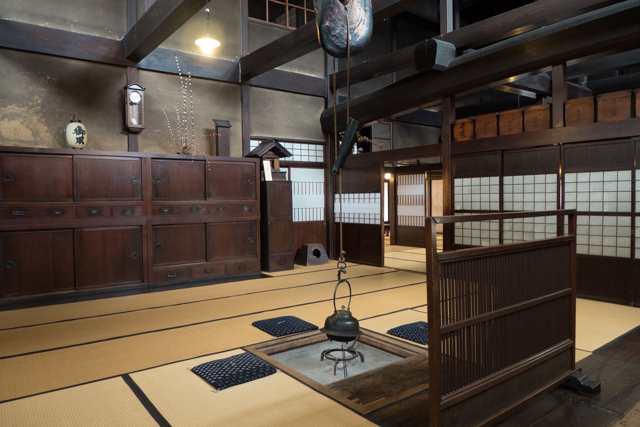
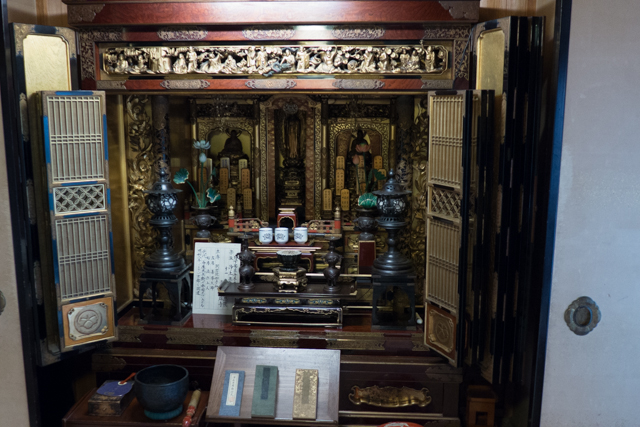
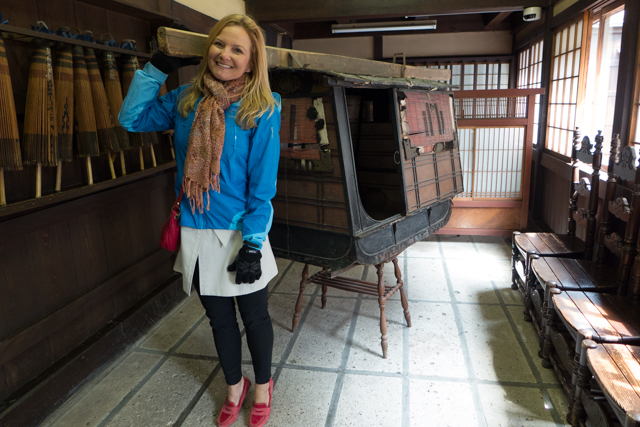
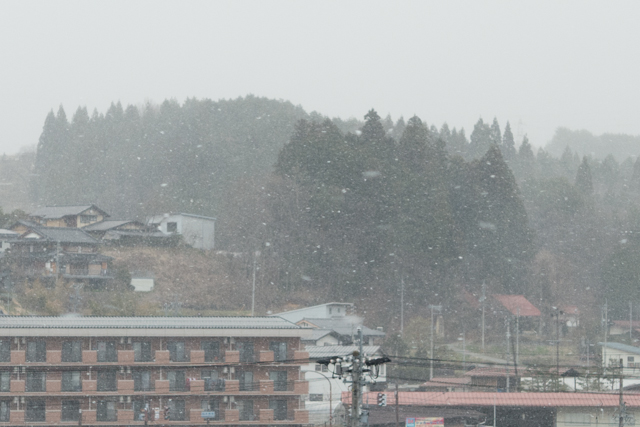
Our last stop in the Takayama area was the UNESCO World Heritage Site, Shirakawa-gō (gō means village). The village is home to 110 Gasshō-zukuri style buildings. Gasshō means prayer and the shape of the roofs was thought to resemble hands clasped together in prayer. This little village of 600 people sees 2 million visitors annually.
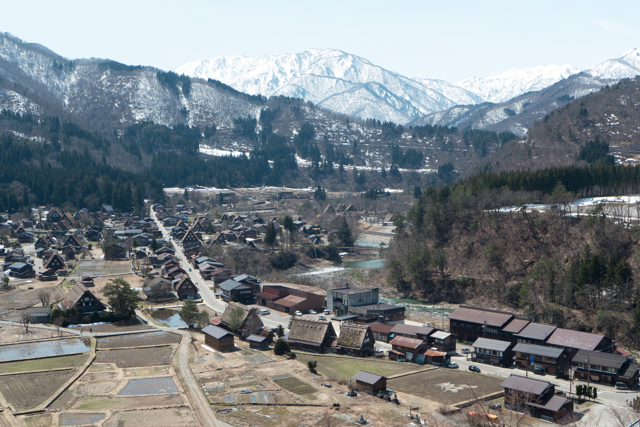
The homes, many preserved for 200 years, gave us a glimpse of rural life in previous centuries. Winters here are unforgiving. Early inhabitants braved the elements long before the advent of propane heaters, electricity and 4WD vehicles. The gasshō-zukuri architecture is one visible symbol of the mountain dwellers’ adaptability to the harsh conditions. Sharply angled roofs prevent snow accumulation.
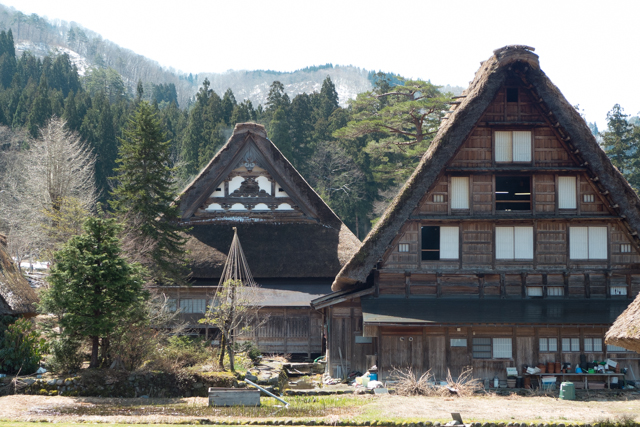
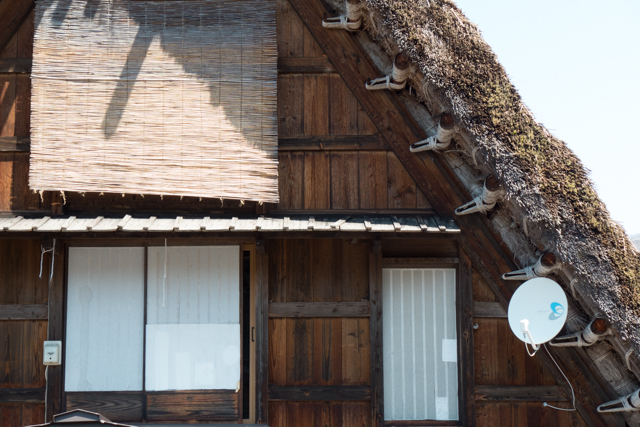
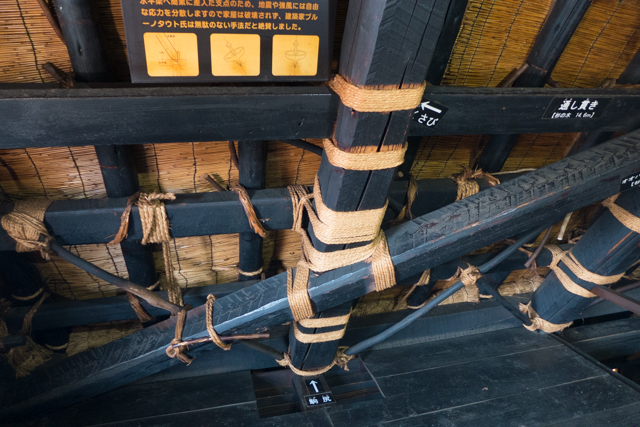
Larger gasshō homes were inhabited by wealthy families, with up to 30 people under one roof, whereas peasant families lived in huts so small that today they would only be considered fit for tool sheds. Fire was the greatest enemy of the all-wooden-and-thatch buildings and was omnipresent as the houses were (and sometime still are) heated by a fire pit in the center of the first floor. The Kanda home we visited has housed 7 generations of this family. It was built over a period of 10 years around 1800.

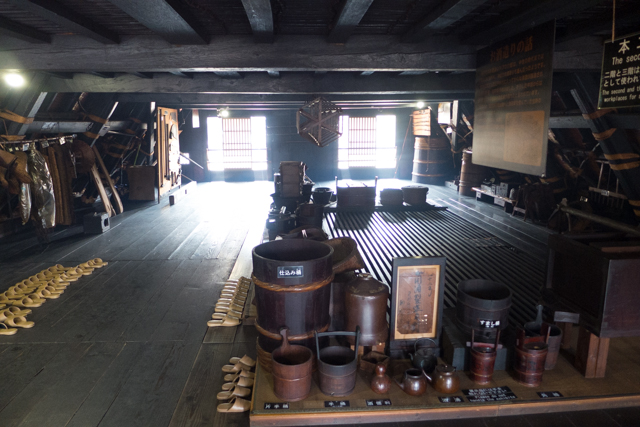
While the attic was used for making silk from the silkworms, underneath the floor, more money was being made. Soil, grasses, human urine, and silkworm excrement were mixed and allowed to ferment for about five years to produce the necessary ‘fuming nitric acid’ that could be used in gunpowder. Supplying gunpowder to the samurai was big business.
We just couldn’t handle one more traditional Japanese feast for dinner on our last night in Takayama. We were lucky to find Le Midi, a French restaurant we highly recommend.
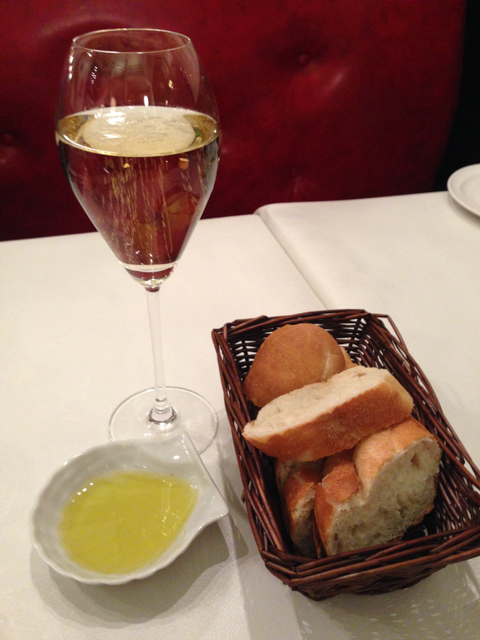
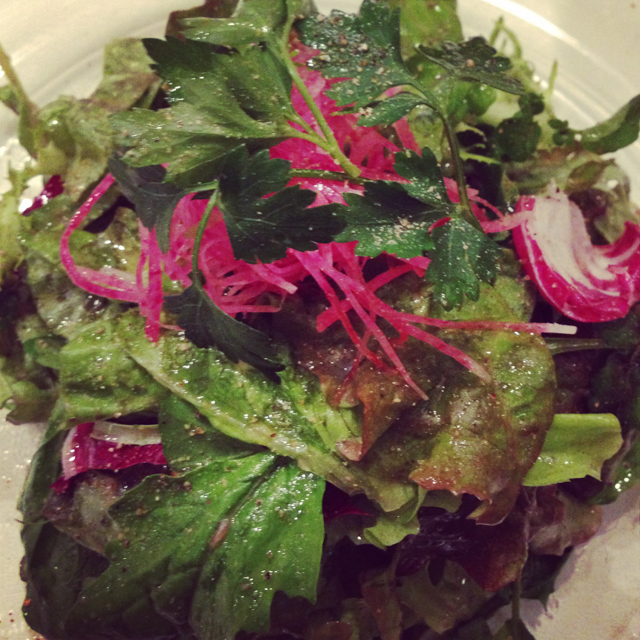
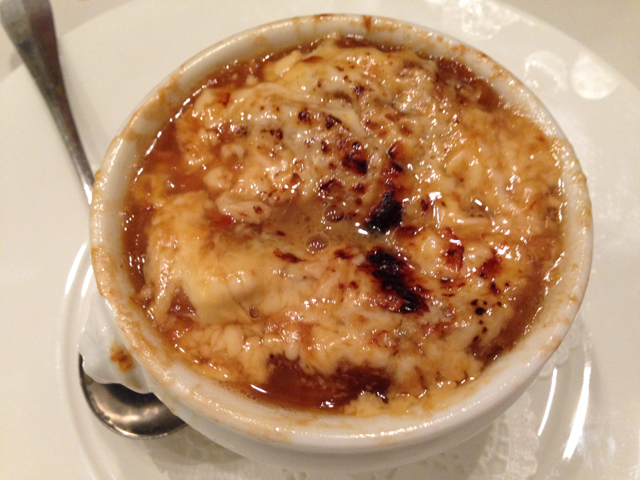
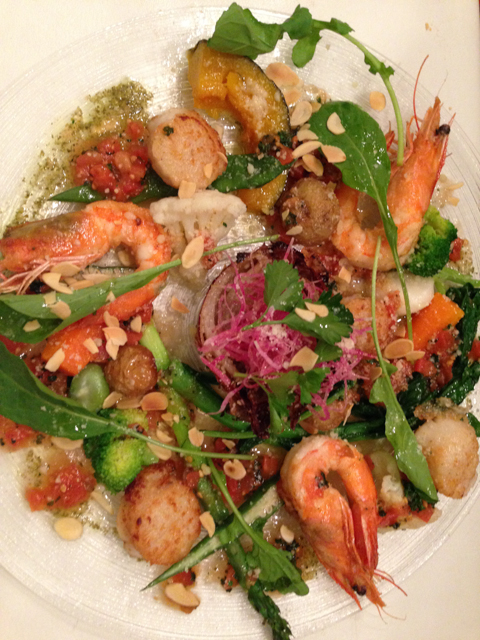
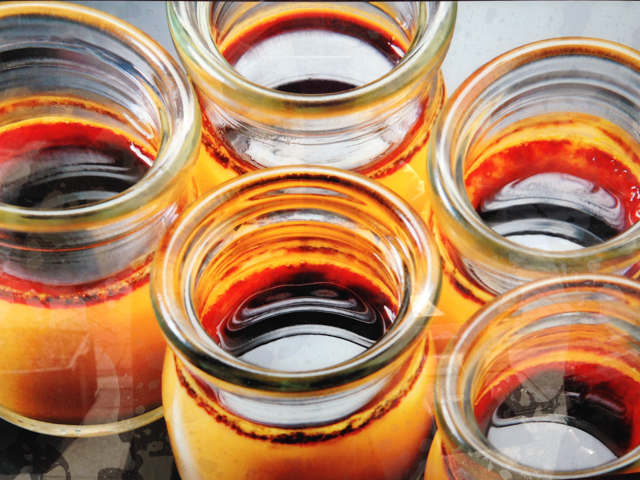
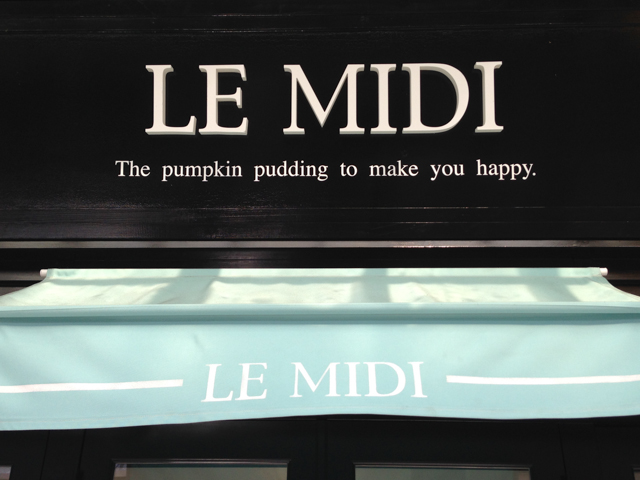
Takayama has been a nice low-key place to visit before some whirlwind days of sightseeing ahead in Hiroshima and Kyoto.
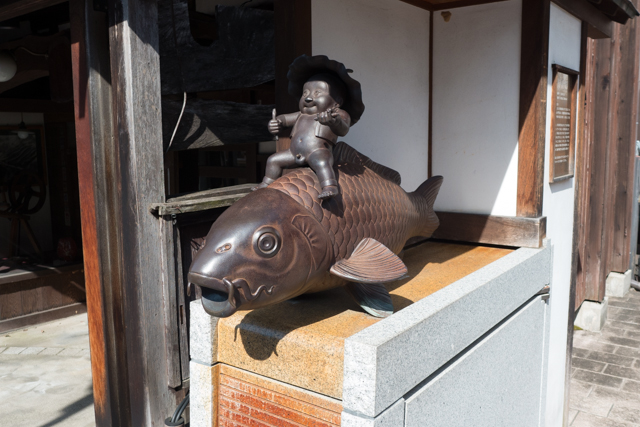

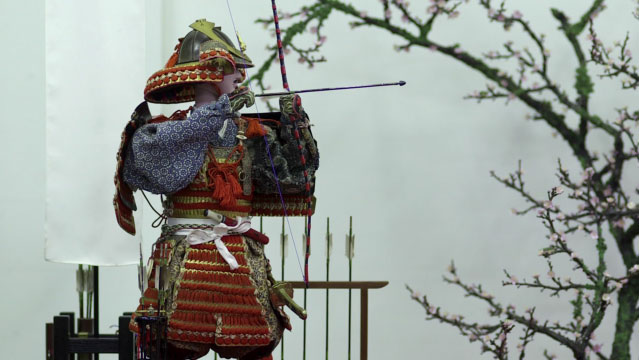
Great photos … especially of the meal! Love the map too. That’s helpful. Looks like a great trip!